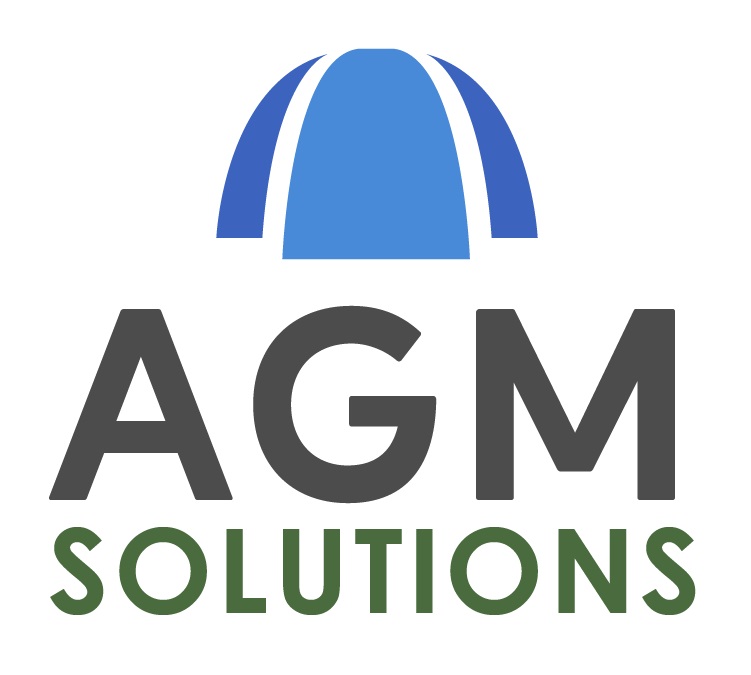Case 1

 A horizontal lifting clamp was used to lift a web frame. During the lifting operation, the web frame slipped out of the lifting clamp and crushed a worker who was standing next to the web frame.
A horizontal lifting clamp was used to lift a web frame. During the lifting operation, the web frame slipped out of the lifting clamp and crushed a worker who was standing next to the web frame.
 Steel plate hooks were used in conjunction with a spreader bar to lift metal plates. While lifting, the spreader bar suddenly swung out and struck two workers thereby injuring them.
Steel plate hooks were used in conjunction with a spreader bar to lift metal plates. While lifting, the spreader bar suddenly swung out and struck two workers thereby injuring them.<<

All lifting operations must have a lift plan supported by an analysis of the hazards and risks.
1. Prior to any lifting operation, a lifting plan must be developed by a competent person with the relevant lifting operation personnel. The lifting plan should comprise of hazard identification and risk assessment to eliminate or reduce the risks associated with the hazards.
2. The lifting plan should, though not limited to, address the following :
- The personnel required;
- Their roles, responsibilities and competencies;
- Nature and weight of load;
- Type and location of lifting points;
- Selection of the appropriate lifting gears and equipment;
- Assessment of the need for tagline to control movement of suspended load;
- Means of communication during lifting operations;
- Restrictions to the lift operations such as weather and illumination;
- The provision of safe place of work for all personnel during lifting operations.
3. In the lifting plan, there should be a set of written safe work procedures. If the lifting operation deviates from the plan, the lifting operation should stop immediately.
4. The manufacturer or supplier of lifting equipment and gears has a duty to make available to the users, the necessary information on the safe use and maintenance of the lifting equipment and gears.
5. The employer should ensure that the appropriate personnel are adequately instructed, trained and supervised in the use of lifting equipment and gears.
6. Lifting equipment and gears must be inspected and certified safe for use by an Authorised Examiner. Lifting gears must not be modified and should only be used in such a manner as specified by the manufacturer.
7. As a safety precaution, no personnel shall be positioned beneath a suspended load during lifting operations.
(Extracted from MOM OSH Alert, dated Monday, 21 May 2007)




